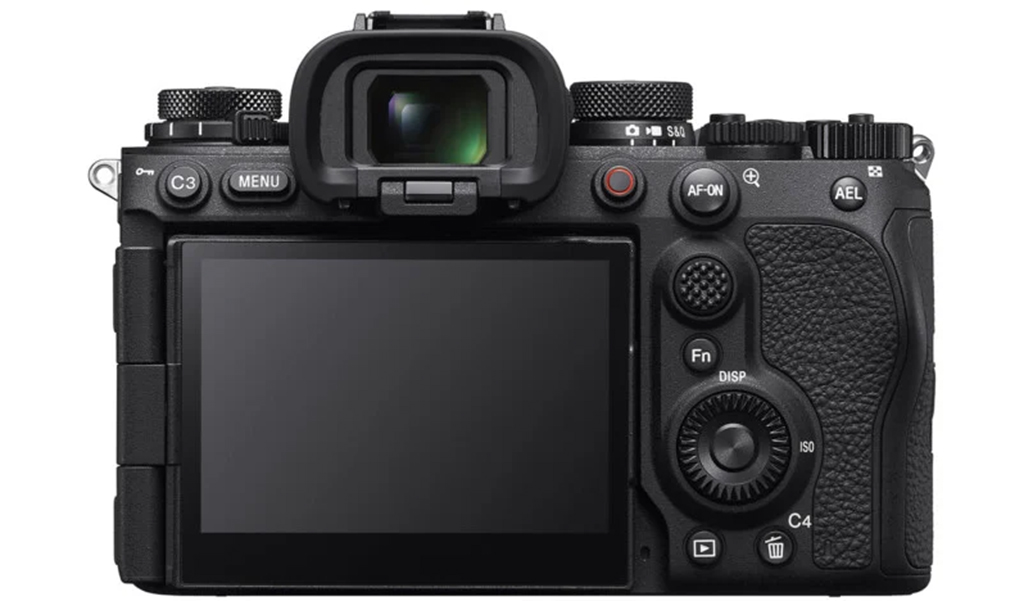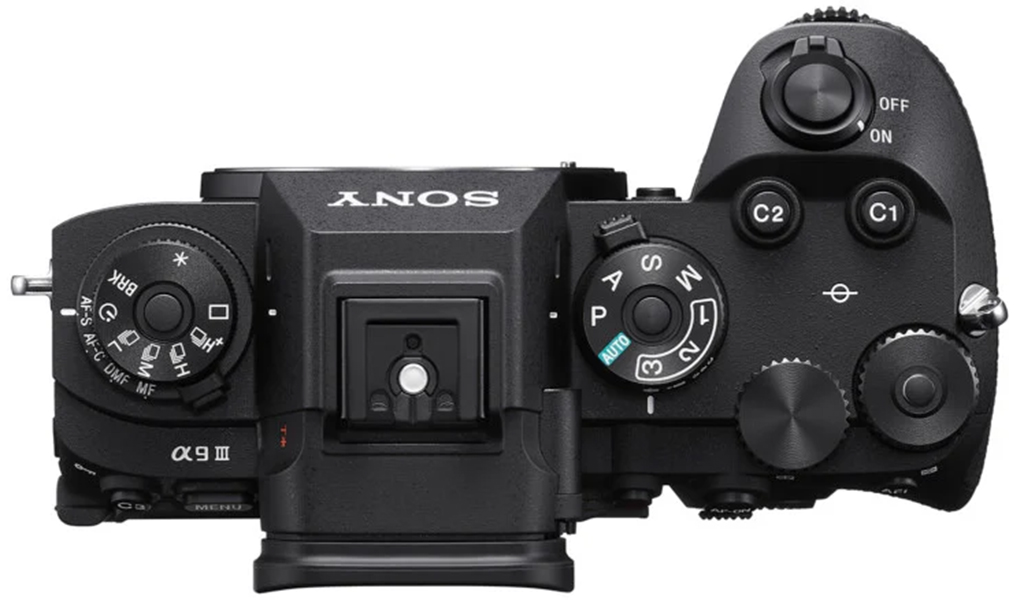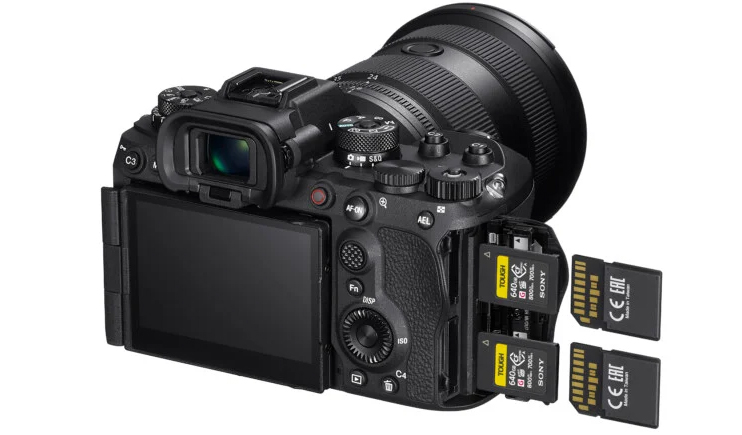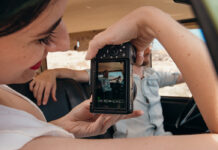
Sony announced the A9 III, its most advanced full-frame mirrorless camera to date, equipped with a global shutter image sensor. This is a big deal by photography standards, enabling the camera to do things no other mirrorless camera can currently do.
There is no physical shutter inside the body, opening up a series of capabilities for this camera, which include faster burst speeds, better autofocus during movement and some unique customization. Clearly aimed at professionals and serious amateurs looking for a big leap, the A9 III will likely set a tone for the industry at large.
What to expect from the Sony A9 III

The A9 III has the first full-frame stacked 24.6-megapixel image sensor with the global shutter. What this means is the sensor doesn’t record images by sequence from the top row of pixels to the bottom, it exposes all pixels in the frame simultaneously. This is huge for capturing action shots, like sporting events, without worrying about distortion or aberrations. The camera has a maximum shutter speed of 1/80000 of a second, or a max of 1/16000 of a second in a continuous shooting mode. Wildlife and sports photographers will have way more flexibility with these tools.
Without a physical shutter, it shoots full-resolution images in 14-bit RAW free of viewfinder blackouts, including bursts of up to 120fps. The A9 III can do that with only a 1.6-second buffer, amounting to 180 images in that span. Imagine how much action you can freeze in motion during key moments in time. A feature called Pre-Capture is similar to features in iOS and Android, where the camera records up to a second before pressing the shutter to make it possible to capture those quick moments where you were a tad late in taking the shot.

A new Bionz XR image processor will contribute to improve autofocus (AF) tracking that will recognize subjects with more precision than previous cameras. Sony says it can do all this, including the higher burst rates, with less noise and more realistic colour reproduction. Composite RAW shooting is another option that gets better, letting you shoot up to 32 images and combine them later using Sony’s Imaging Edge Desktop software to merge them together for an optimized result.
The AI processing also gets smarter in what it sees with the subjects it recognizes. Human, Animal, Bird, Insect, Car/Train and Airplane return as the main categories, only this time, the A9 III will know if a cyclist is wearing a helmet, an animal in the wild, or the eyes, heads and bodies of dogs, cats, and other small animals. It will also lock on to a bird’s eyes with greater ease for sharper images on the fly.
Photography and video features

You can expect 759 phase-detection points in a phase-detection AF system that covers 95.6% of the frame. In a nice move, Sony is also expanding the manual focal points by adding extra-small and extra-large options to go with the existing small, medium and large choices.
In-body image stabilization runs on a 5-axis system that is good enough to make up for eight stops of shake correction. Yet again, another big deal for anyone shooting a lot of action in varying conditions. The LCD tilts and flips under a 4-axis mechanism, helping to frame shots with a variety of angles.
Shooting video with the A9 III gives you 4K/60fps video (with 6K oversampling) and 4K/120fps movies without a crop. This is also the first Sony camera to offer slow-motion video in 4K at 120fps without a crop factor. There’s also 10-bit 4:2:2 All-I, 16-bit RAW output, S-Cinetone and S-Log3, plus dynamic active mode stabilization.
The camera has dual slots that support CFExpress Type A and SD (UHS-I or II) memory cards. Sony rates battery life at roughly 400 shots per charge with the viewfinder and 530 with the LCD. Video also tops up at 90 minutes in actual shooting. These numbers aren’t all that high, though they are based on not shooting in burst, so overall results may differ. Still, a backup battery is probably a must when out shooting an event.
Available for pre-order at Best Buy
You can pre-order the Sony A9 III now in body-only, which only comes in black. For more Sony cameras and accessories, check them out here.




